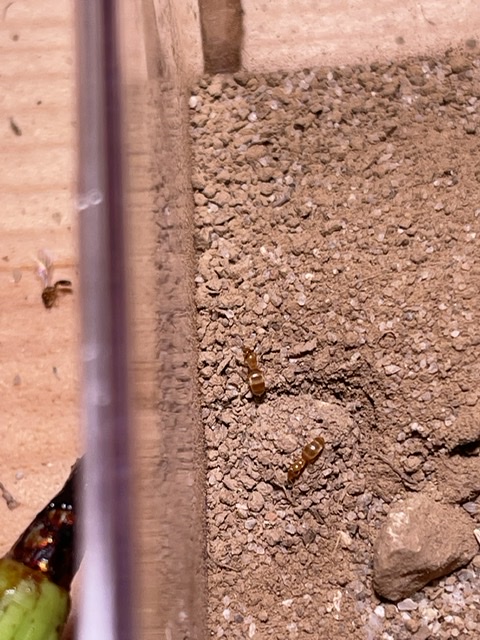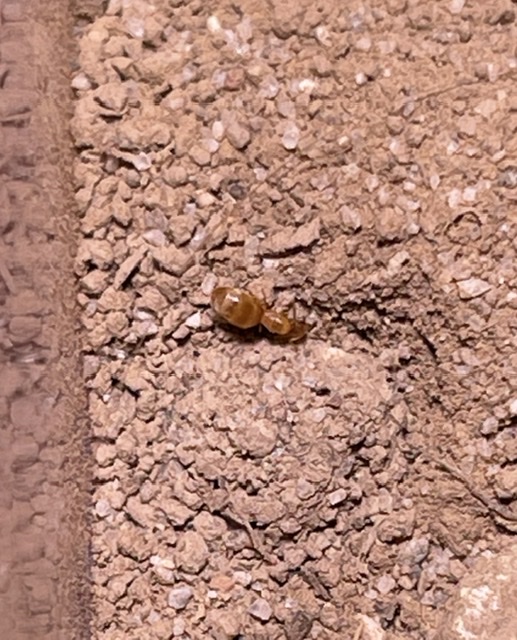




I wanna say these are myrmecocystus mexicanus or myrmecocystus navajo. There common name is the honey pot ant.
AgreedBrachymyrmex depilis is my guess, considering the small size and body shape of the queens.
I wanna say these are myrmecocystus mexicanus or myrmecocystus navajo. There common name is the honey pot ant.
I suck at id........
AgreedBrachymyrmex depilis is my guess, considering the small size and body shape of the queens.
0 members, 1 guests, 0 anonymous users